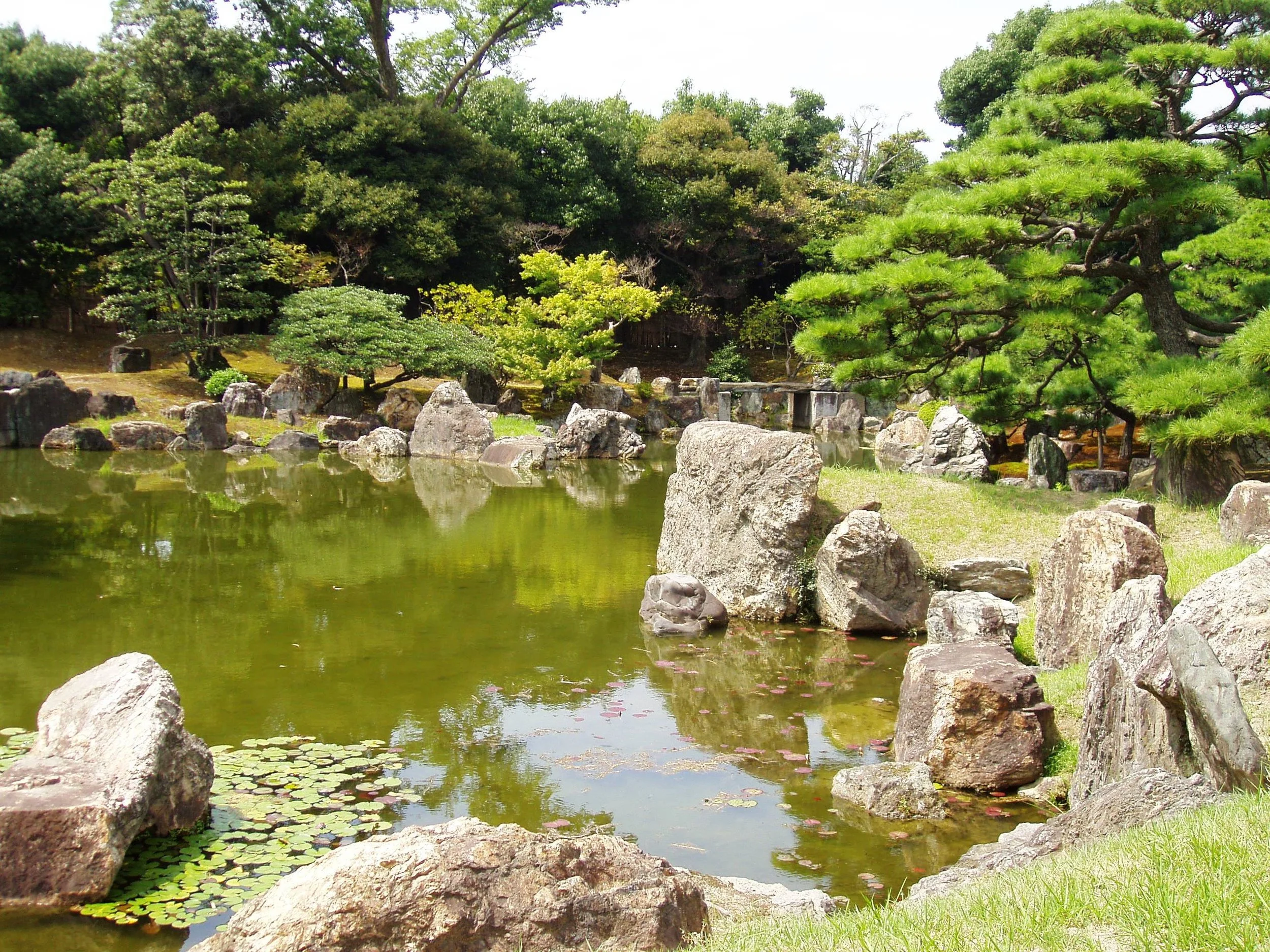Culture Analysis: Quest for Eternal Prosperity
[This project is part of an independent study on Japanese aesthetics and history. I hope you enjoy.]
As the Civil War in Japan started to wind down under Tokugawa Ieyasu (1542–1616), the daimyos (barons) seeked for a more lavish lifestyle. And from the cinders of war, Japanese art and architecture bloomed during a period known as Momoyama (1573-1615). The Momoyama Period emphasized a robust, opulent, and dynamic style across architecture, furniture, paintings and clothes. Castles whose purposes were geared towards warfare transformed to become more spacious living quarters for the daimyos. The Momoyama artists and architects strived for grandeur and elegance. Take a look at this painting, for example:
Birds and Flowers of the Four Season. Source: The MET
From the light snow on the pine tree to the flower of spring, all four seasons were depicted here. To the daimyos, pine trees embodied their hope for eternal prosperity and longevity. The cranes on the left side of the screen also symbolized the desire for perpetual vitality as cranes are creatures that represent long life in Taoist mythology (which heavily influenced Japan). This was an extravagant way of expressing their desire of an everlasting legacy. The military elite, however, wanted a more accurate kind of art that reflected their warrior spirit.
Tokugawa Ieyasu was given the title of “Shogun” by the emperor in 1603. This means that he had the power over this newly unified country. He moved the capital to Edo (modern day Tokyo) but still needed a way to control the Western warlords in Kansai as well as to foster the communication between the emperor and the shogunate. To address these concerns, he built Nijo castle at the heart of Kyoto. Along with the body, the Ninomaru Garden was built to harmonize the static structure of the castle in 1603.
Ninomaru Garden contained the elements of a warrior’s heart. The garden followed the principles of miniaturization in Japanese landscape architecture. Miniaturization is a technique that gardeners used to emulate a specific aspect of the Japanese landscape using rocks, plants and water. In the case of Ninomaru Garden, gardeners and architects wanted to reflect the mountains that dominated the archipelago. Mountains, as hostile as they are, were seen as sacred places in Shinto. Their sheer size and magnitude made the Japanese believe that kami (spirits) inhabited the area.
To show strength and sacredness that prevailed in the mountains and the samurai’s heart, engineers (whose job during wartime was to construct and castles) and gardeners cooperated to arrange large stones with complexity; this complex arrangement may also show the unpredictable traits of the natural world. Along with the arrangement of stones, Ninomaru Garden had a large pond with three islands inside of it. There was the Horai-jima (island of the immortals), tsurushima (crane island), and kameshima (turtle island). All three islands represented the obsession with eternal prosperity.
Ninomaru Garden. Source: Wikipedia
Interestingly, both the screen of the garden expressed the same theme of longevity but in two different methods. One, bathed in gold, expressed the theme in a lavish upper class taste. The other, embedded in the coarse landscape, expressed the theme in a powerful yet beautiful way. Both art and the landscape can reflect the conditions and desires of the human heart.

